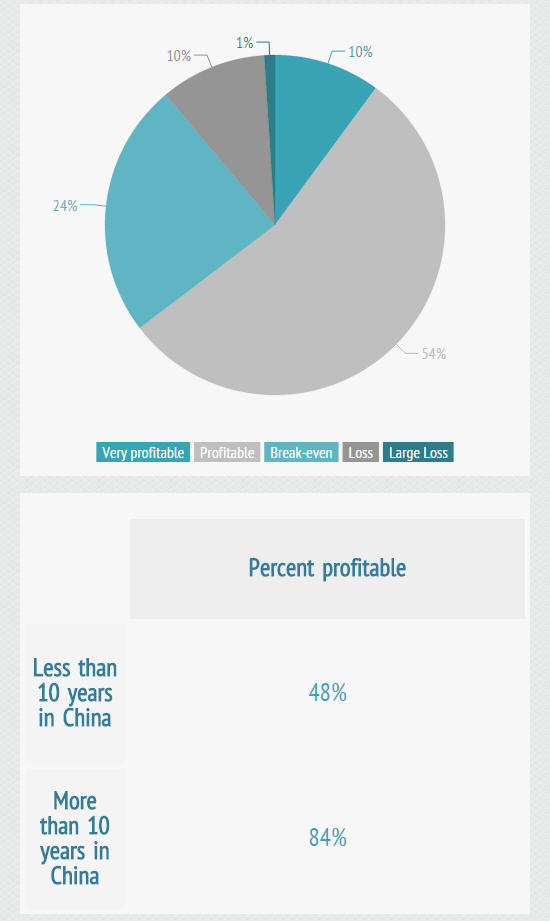Threat of downturn worries Canadian companies in China
Economic slowdown, theft of intellectual property rights are among firms’ top concerns, Asia Pacific Foundation survey reveals
A biennial survey of Canadian companies doing business in China shows they are worried about economic slowdown in the Middle Kingdom.
And although most report that their Chinese operations are profitable, fewer firms say they are making money compared to the response in 2012.
The 2014 survey by the Asia Pacific Foundation shows that 43% of the companies surveyed view the risk of economic slowdown as a key change in the business environment in China over the last year. China remains a profitable investment for 64% of the companies surveyed, but that number is down from 2012, when 75% of the companies reported profitable operations. In this year’s survey, firms with the longest track record of operating in China were more likely to report profits.
Only 11% reported losses, with the remaining 25% saying they broke even.
The 29-page report, titled Canadian Businesses in China Survey 2014, was compiled from an on-line survey of 229 Canadian companies conducted between June 9 and June 30.
“The 2014 survey sheds valuable new light on one problem all foreign firms in China share: intellectual property rights infringement and protection,” APF concludes in the report. “Intellectual property rights continue to be a serious issue for firms conducting business with China, and infringement is often perceived as seriously affecting a firm’s successful operations.”
Strategies that companies are using include legal mechanisms such as registering intellectual property and signing nondisclosure agreements. That suggests, the foundation reports, that Chinese reforms are beginning to take root, and that the risk of IPR violations can be mitigated if firms take precautionary actions.
However, the foundation states, firms with the longest business record in China expressed more cynicism over the effectiveness of registering intellectual property. Only 25% of the companies with 10 years or more experience said registering intellectual property was as an effective strategy, while 52% of those companies with less than 10 years experience supported the strategy.
“The results provide new insight into managing IPR challenges in China and provide a basis for further policy discussions on how to support Canadian ventures in an increasingly critical market,” the foundation states in its report.
Most of the companies that responded to the survey were located in British Columbia (43%) and Ontario (29%.)
The Asia Pacific Foundation consulted with the Canada China Business Council, the country’s leading facilitator of Canada-China bilateral trade and investment, and Industry Canada in preparing the 2014 survey. The full report is available on-line at the foundation’s homepage: www.asiapacific.ca
Sources of intellectual property rights infringement
Chinese competitors (private firms): 36%
Chinese competitors (public firms): 25%
Chinese government agencies: 11%
Suppliers: 11%
Former or current employees: 11%
Joint venture partners: 7%
Foreign competitors: 4%
Other: 25%
Expansion plans for companies active in China
Expand substantially: 50%
Expand slightly: 33%
No: 17%
By: Gordon Hamilton
More News
Study confirms drop-in electrode technology enables 10 minute EV charging at -10°C
April 14, 2025 | 04:06 pm
Newmont deploys Ericsson private 5G at Australia’s largest underground mine
April 14, 2025 | 01:20 pm
{{ commodity.name }}
{{ post.title }}
{{ post.date }}







Comments